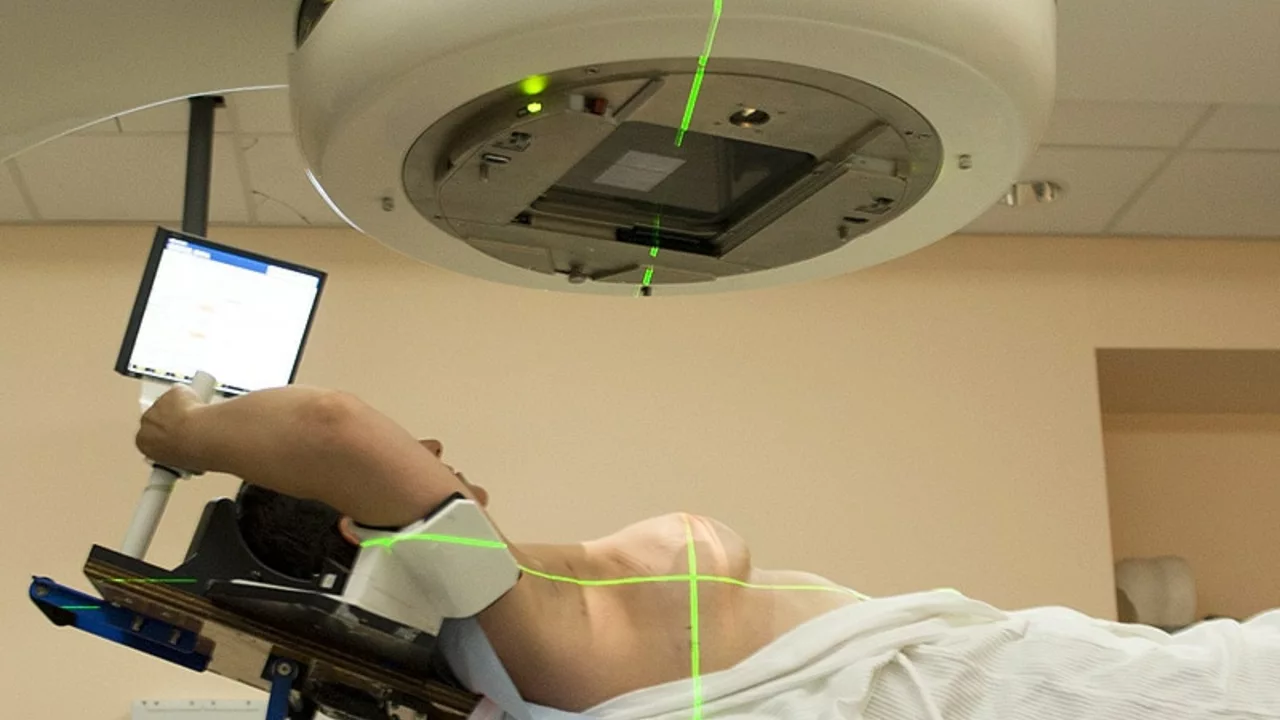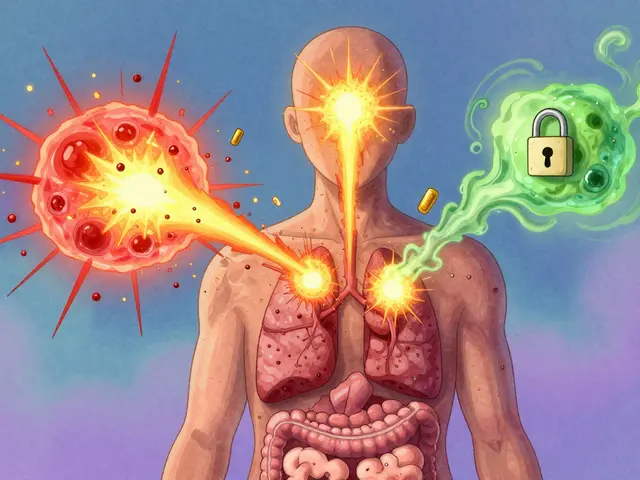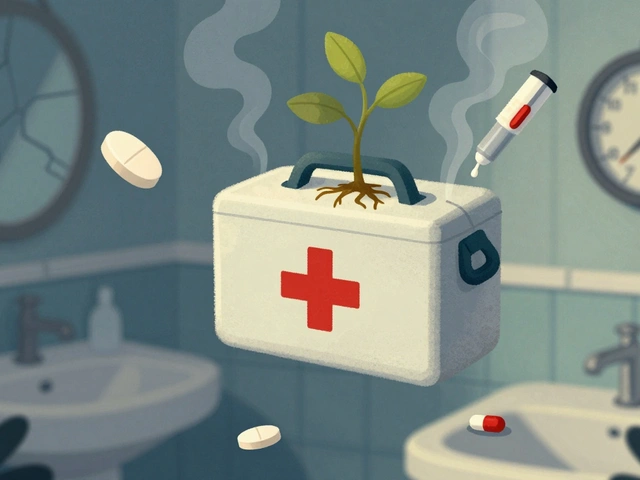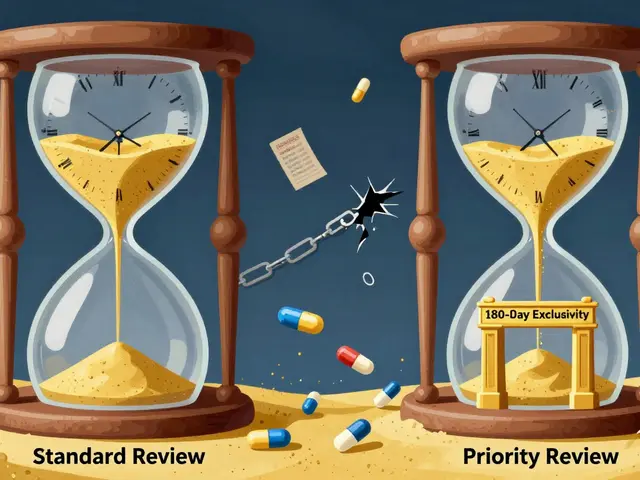Kaposi sarcoma: Signs, Causes, and Treatment
Kaposi sarcoma is a tumor that shows up mainly on the skin, but it can affect the mouth, lungs, and digestive tract. It often looks like purple, red, or brown patches or nodules. You might not feel pain at first, but lesions can grow, bleed, or make it hard to breathe or swallow if internal organs are involved.
What causes Kaposi sarcoma?
The main cause is infection with human herpesvirus 8 (HHV-8). Not everyone with HHV-8 gets Kaposi sarcoma. The cancer usually appears when the immune system is weak. That’s why it's common in people with untreated HIV/AIDS, those on strong immunosuppressive drugs after organ transplant, or older people in certain regions.
There are four common types: classic (older men, slow-growing), endemic (seen in parts of Africa), epidemic or AIDS-related (linked to HIV), and iatrogenic (from medical immunosuppression). Each type behaves differently, so doctors tailor treatment to your situation.
How Kaposi sarcoma is diagnosed and treated
Doctors start with a physical exam and may take a small skin biopsy to confirm the diagnosis. If internal organs might be involved, they use imaging tests like chest X-rays, CT scans, or endoscopy. Blood tests for HIV and immune status are also standard.
Treatment depends on how much disease there is and why your immune system is weak. For people with HIV, starting or optimizing antiretroviral therapy (ART) is the most important step. ART often shrinks lesions and prevents new ones. If lesions cause symptoms or cosmetic concerns, local options include surgery, cryotherapy, laser, or radiation to control a few spots.
For more widespread disease, doctors may use systemic treatments like chemotherapy or targeted drugs that fight the tumor or boost immune response. Interferon and some newer agents can help in specific cases. If you are on immunosuppressive drugs after transplant, your team may lower the dose or switch medications to see if lesions improve.
Living with Kaposi sarcoma means keeping a close eye on any new or changing spots and staying in touch with your care team. If you have HIV, regular follow-up and taking ART as prescribed is the best protection. Report new symptoms like unexplained cough, trouble swallowing, or weight loss quickly.
If you're worried about skin discoloration or bumps, ask your doctor for a biopsy rather than guessing online. Treatment choices and outcomes vary, but many people do well when disease is caught early and immune health is managed. Prevention focuses on avoiding HHV-8 spread and keeping the immune system strong—especially through HIV prevention and care.
Ask about tests and support. Your doctor may test for HHV-8 antibodies, check CD4 count if you have HIV, and order scans to track internal disease. Find a clinic experienced with skin tumors or HIV care—this makes treatment smoother. Consider asking about clinical trials if standard options don’t work. Local support groups and social services can help with medicine access and mental health. Keep a photo log of lesions to show progress between visits. Ask questions early.
Radiation Therapy for Kaposi Sarcoma: An Effective Option
In my recent exploration of medical advancements, I've learned about the effectiveness of radiation therapy for treating Kaposi Sarcoma. This cancer, which often results in lesions on the skin, is being combated more effectively than ever with targeted radiation. It's a great option for those seeking non-invasive treatment, reducing the tumor size and easing symptoms. This approach not only improves the patient's physical state but also their quality of life. So, for anyone battling Kaposi Sarcoma, radiation therapy could be a game-changer.






